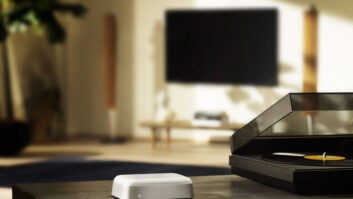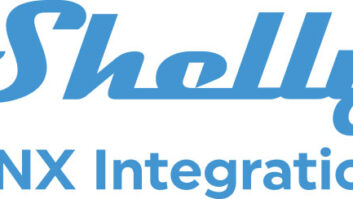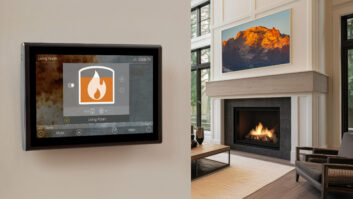
It’s all too easy to get set in your ways. I do it all the time. I find a routine that I like, then eventually run it into the ground.
When I first moved back to the Midwest, my wife and I got hooked on sweet corn from the local farmer’s market. We bought so much of it that our refrigerator drawer got jammed, and I started grilling it for lunch just to avoid having to throw too many ears in the compost pile. I finally got so sick of the stuff that I still can’t stand the sight of it, seven years later.
More recently, after discovering Netflix streaming on my AppleTV, I thought I’d never watch anything else. I queued up my documentaries, feature films, and popular TV series, then stayed up late every night binge-watching my way through them. But eventually my list dwindled down, the service started acting flakey, and I was just over it. While, Netflix is still in my rotation, I’ve found other entertainment outlets that I like better (HBO Go, don’t let me down!), so my TV viewing options are little more diversified.
Business can be like that too, and the custom integration industry is no exception. You find your sweet spot with the brands you trust and the product categories that make you money, and then you dig in. But before you know it, client tastes have changed and technology options have evolved, and if you’d don’t reassess your approach, you run the risk of looking like a dinosaur. You don’t have to abandon everything that you do well, but you have to find a way to balance your old approach with newer products and technologies.
I believe that this edition of Residential Systems represents just that sort of approach. For instance, on the cover, we highlight Dennis Erskine’s challenges integrating 4K video projection into a client’s home theater, even though there is no defining connection standard for projectors. “If you look at what HDMI can handle in terms of 4K bandwidth, the frame rate goes down to 30 frames per second when 4K is capable of 60 frame-per-second,” he says. To get native 4K Ultra HD material at this high frame rate required four DisplayPort connections into the projector, plus an HDMI cable.
Another example of a seasoned professional embracing new technology is Sam Cavitt’s column explaining the differences between the two new 3D audio formats, Auro 3D and Dolby Atmos. We learn that Auro 3D is “channel-based” and Dolby Atmos is “object-based,” but that this latest audio development really means no change in the right way of engineering and designing a private theater room.
And, along with other new-technology stories, such as Lindsey Adler’s enterprise-grade home networking feature, Michael Heiss’ report on 4K video products at the InfoComm trade show, and Llanor Alleyne’s Integration Guide to Wireless Audio Distribution, we offer more traditional themes, such as a product showcase dedicated to high-end seating and my feature on managing “mega projects.”
So, I think it’s a nice mix of the new and old, and evidence that our industry is not about to get stuck in its ways.






